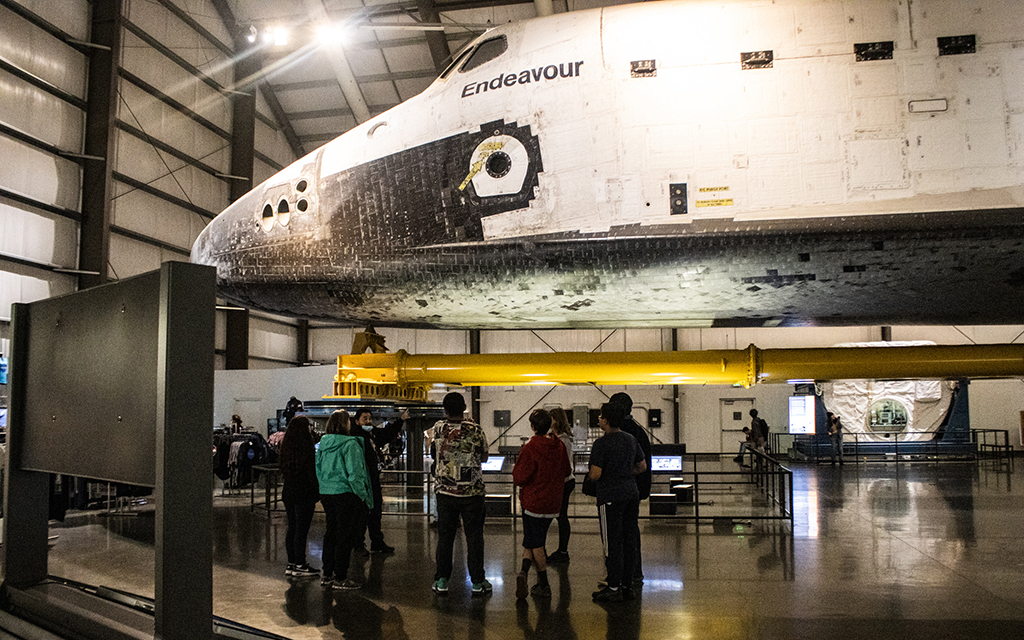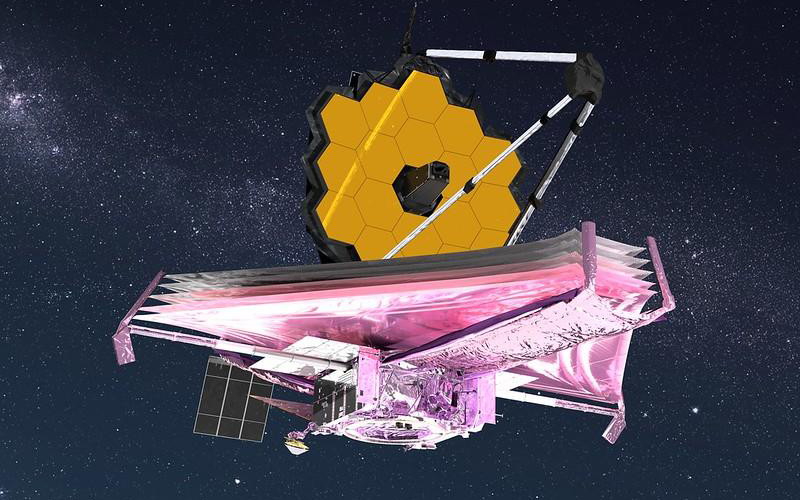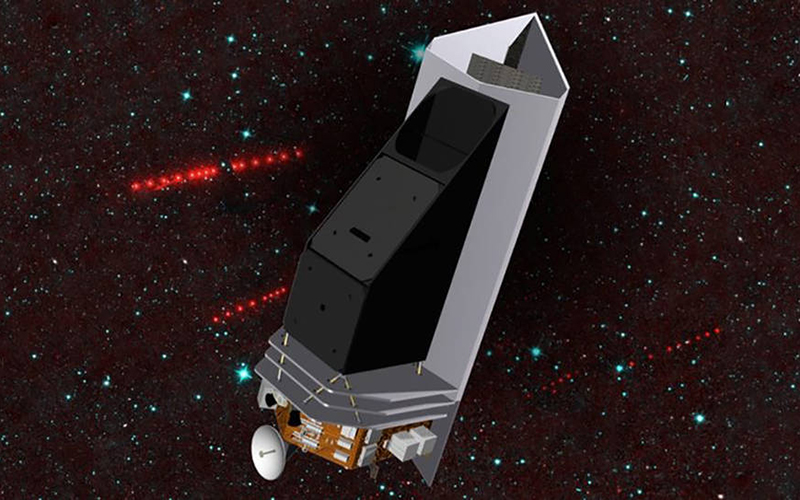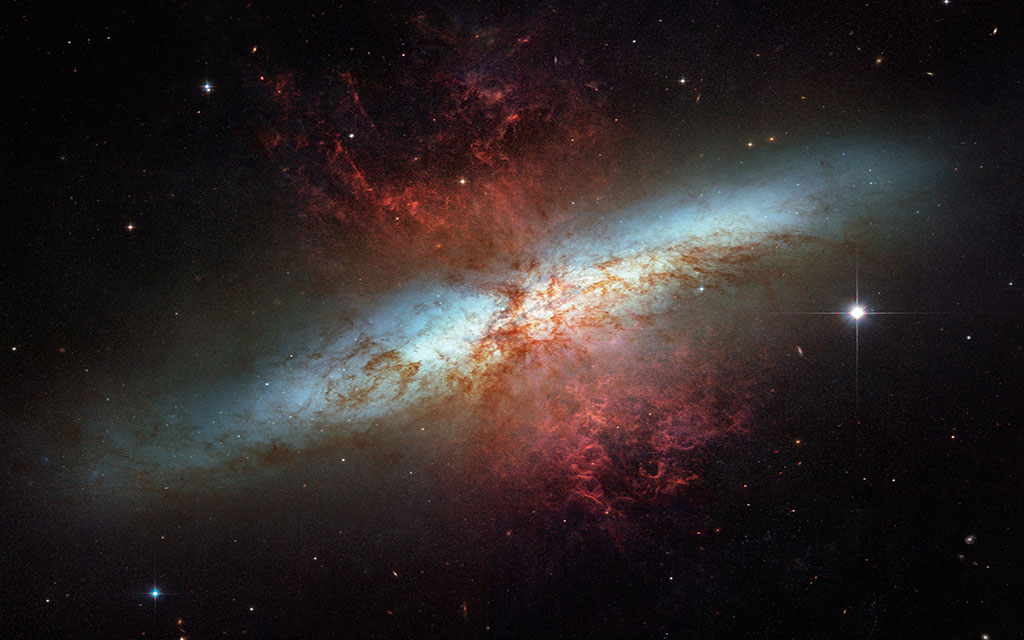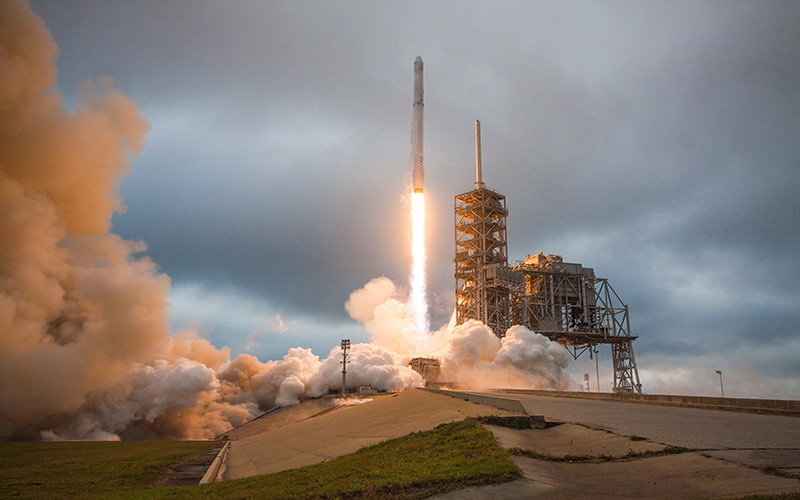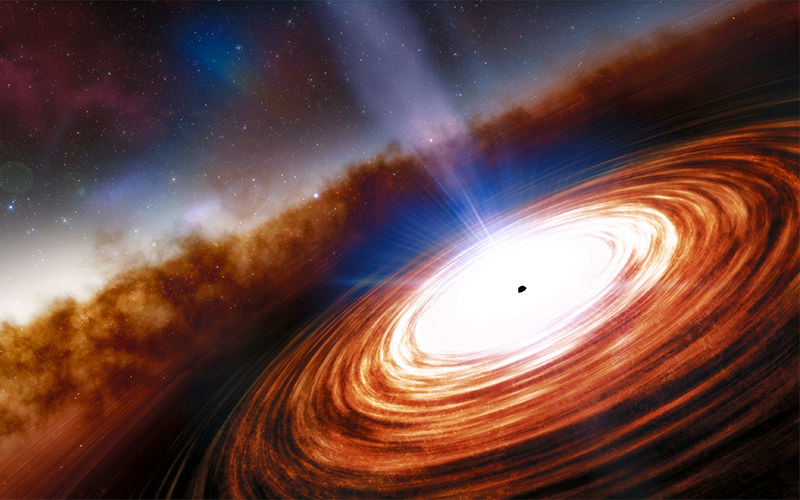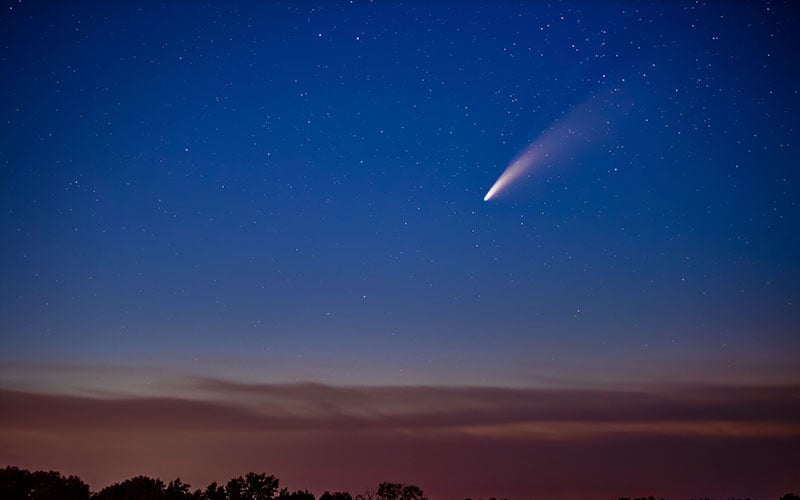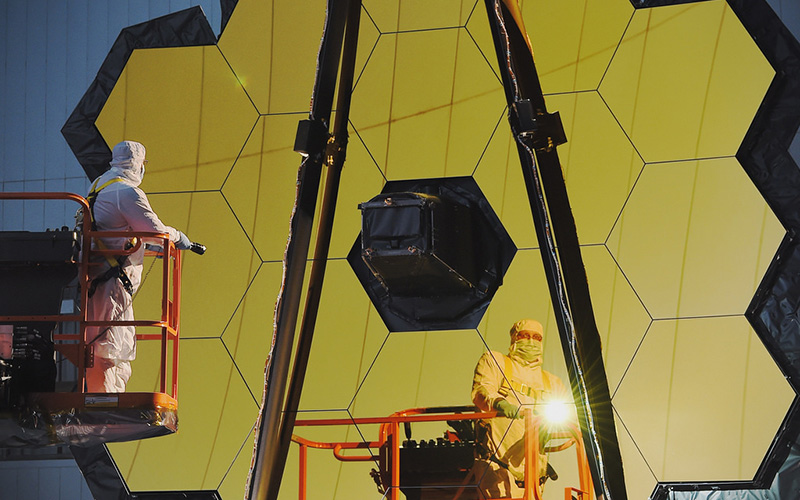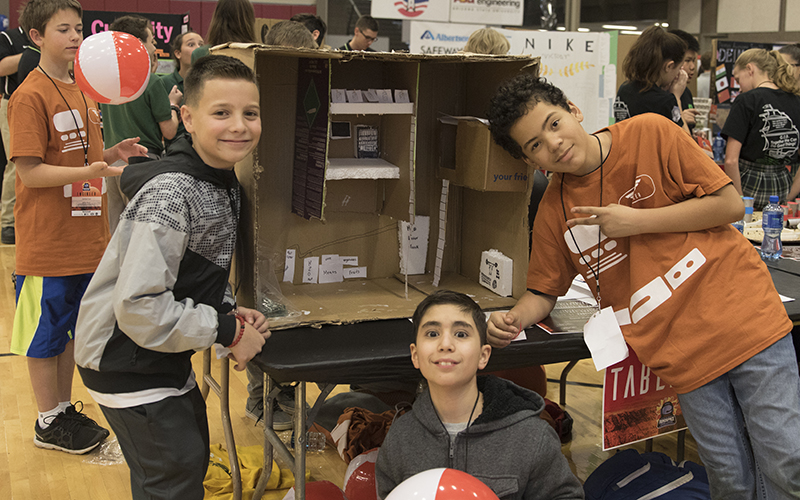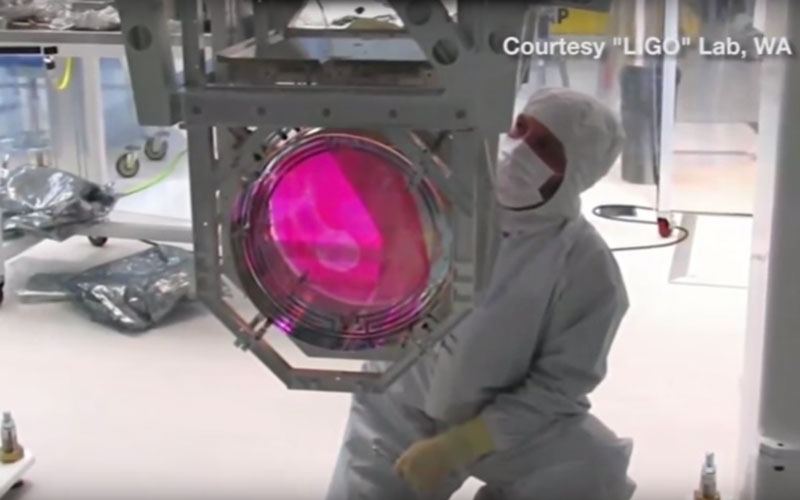Shuttle Endeavour conquered space. Now it has to survive a move to a new home in LA.
LOS ANGELES – The retired shuttle’s final frontier will be a new building, the Samuel Oschin Air and Space Center, next door to the California Science Center, where it’s displayed horizontally. The spaceship will be displayed upright, in launch position, with its enormous orange fuel tank appearing to be attached to its belly and two white booster rockets on either side and a launch gantry to view the shuttle at every viewpoint.
Webb telescope will use UArizona sensor to observe first galaxies
On Dec. 18, an international partnership will launch the James Webb Space Telescope, a cluster of infrared instruments that will peer back to just after the Big Bang. Astronomers from UArizona are involved.
Painstaking search for new planets begins on a mountaintop in Arizona
The NEID spectrometer is trying to detect more planets outside our solar system. It uses the gravitational influence a planet has on the star it revolves around to determine the planet’s mass.
Arizona professor will lead NASA project to locate menacing objects near Earth
PHOENIX – NASA has appointed a professor at the University of Arizona to lead the Near Earth Object Surveyor project, which involves building an orbiting infrared telescope that scans space for potentially harmful asteroids.
UArizona will lead space telescope mission to learn how galaxies evolve, form stars
PHOENIX – University of Arizona was chosen to lead the 2024 NASA mission called Aspera. The mission will help researchers understand the flow of gas around galaxies.
Phoenix explorer, entrepreneur will be on first civilian crew to go into space
PHOENIX – A Phoenix professor will be among the crew members to fly on the first all-civilian space flight that SpaceX launches this fall.
What a distant quasar and a ‘young’ black hole could reveal about the universe
PHOENIX – A team of UArizona astronomers searches to answer how galaxies formed millions of years ago after discovering the most distant quasar ever found, which is powered by a supermassive black hole.
As Jupiter dazzles in the night sky, new research suggests its moons are warming each other
PHOENIX – A recent study at the University of Arizona helped researchers understand how “tidal heating” among Jupiter’s many moons is raising their temperatures.
Comet NEOWISE draws eyes to skies for first time in thousands of years
PHOENIX – Comet NEOWISE will be the closest to the Earth on Thursday. It was discovered in late March here in Arizona, and it’s been visible in the night sky since early July.
Arizona scientists play key role in NASA’s new Webb telescope
TUCSON – The next generation of space telescopes will launch next year, and two Arizona scientists helped create critical instruments attached to the telescope that they hope will detect the beginnings of the universe.
Students colonize Mars moon in Honeywell Aerospace Challenge
Colonizing a moon of Mars is not an easy task.
ASU professor shares what’s next in study of gravitational waves
One month ago, a groundbreaking discovery was made in the gravitational waves field.
